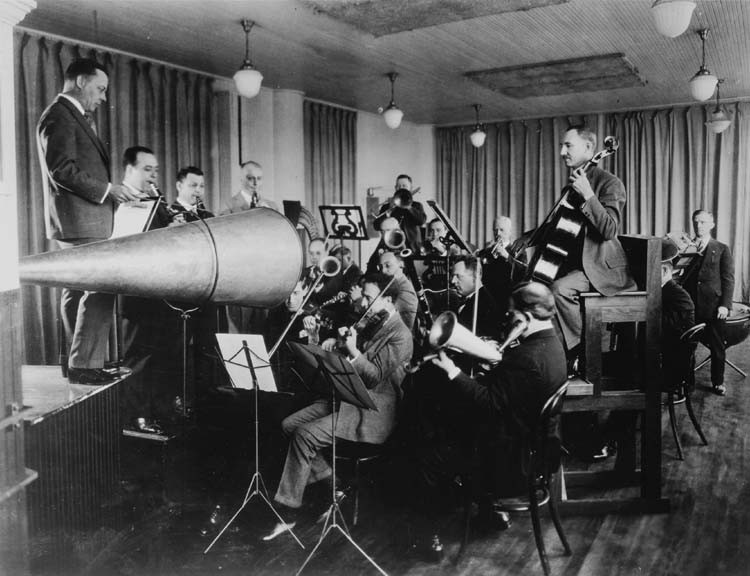G
Gregorski
New member
I have been playing music for almost 20 years, but I am relatively new to recording. This is what I'm trying to do: I am trying to record a 4 person band: an acoustic guitar, upright bass (also a singer), violin (also a singer), and a piano. I have a decent 10-channel mixer with a usb connection, two dynamic and two small diaphragm microphones. The guitar and bass have pickups, violin doesn't. Now, the members of the band are kids (9-15 years old), so you know they tend to move around and they have less patience than adults. So, I am struggling to get a good balanced sound. It's either the violin is too quiet because, for example, the violin player saw a gecko crawling on a window and moved away from the microphone to take a closer look or singing is too loud because the singer thought she sounded too quiet during the rehearsal. Anyway, you get the picture. I was wondering if I would get a better results with with one or two large diaphragm condenser microphones placed in the middle of the band rather than trying to mic players individually. I was trying to rent one from guitar center, but they suspended their rentals due to Covid. And I don't want to buy anything without knowing if it's going to work. Any thoughts are welcome.

